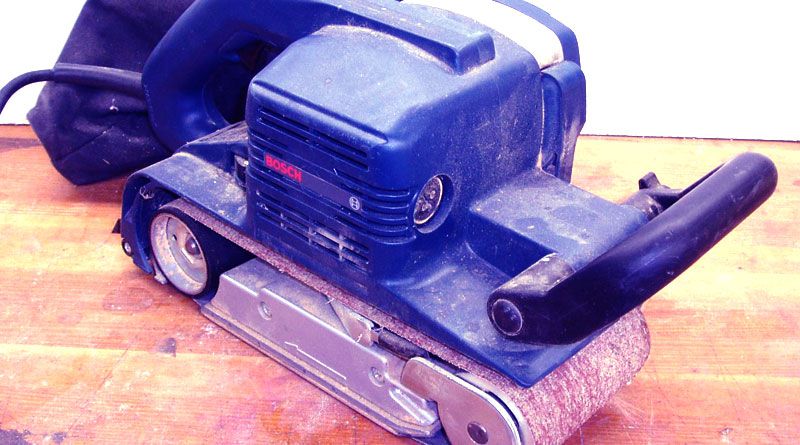Some of you will know that the first thing to consider when looking for a new belt sander is its dimensions. Thanks to the , we are able to reveal the ultimate answer and help you choose the size you will be satisfied with. There are two main versions. They are 3 x 21 inches or 4 x 24 inches belt sanders and the answer is more complicated than you may believe.
3 x 21 inches
Models of this size are narrower and they are extremely appealing for smaller tasks and also when you want to perform detailing on the material. The narrower belt makes them more compact and easier to use. However, they are not ideal if you need to sand a massive surface or the entire board. You will need more time and effort.
Most users prefer this size and it is the most popular choice at the moment. The trend will likely continue and we are glad to reveal that new models are better than ever before. Anyway, most users will be perfectly satisfied with the size. They can be used for small, medium and occasionally larger applications and they are extremely easy to use.
4 x 24 inches
Belt sanders with 4 x 24inch dimensions are one inch wider than the first size we explained above. They are primarily designed and made to process a massive surface such as boards and to sand them as soon as possible. Most woodworkers use this size due to the same reason. They are bigger which makes them heavier as well. On the other hand, most models have more powerful electric motors, therefore, can sand much faster.
Users who need this size are the ones that will sand every day for a few hours. They will also use belt sanders for detailing but this is a secondary purpose. The first is as we have mentioned.
½ inches belt sanders
These are the smallest belt sanders and they are reserved for sanding details only. They are small as well and used commonly as additions to the larger belt sanders. You can see that they have a long design that is narrow and allows them to sand areas that cannot be accessed by larger tools. Once again we can see that belt sanders of this kind are designed for metal and wood sanding. They are very popular and they come in many lengths but the width of the belt is usually always the same.
The final word
As you were able to see there are 3 main types of belt sanders. The first type is common for hobbyists and those who need a compact and versatile tool. Larger models are ideal for sanding large areas and boards. They are heavier and more powerful. Narrow models are for detailing only and they can be used alongside other belt sanders, alongside bigger models. Pick the one that matches your criteria and your requirements.

Namaste UI collaborates closely with clients to develop tailored guest posting strategies that align with their unique goals and target audiences. Their commitment to delivering high-quality, niche-specific content ensures that each guest post not only meets but exceeds the expectations of both clients and the hosting platforms. Connect with us on social media for the latest updates on guest posting trends, outreach strategies, and digital marketing tips. For any types of guest posting services, contact us on info[at]namasteui.com.

